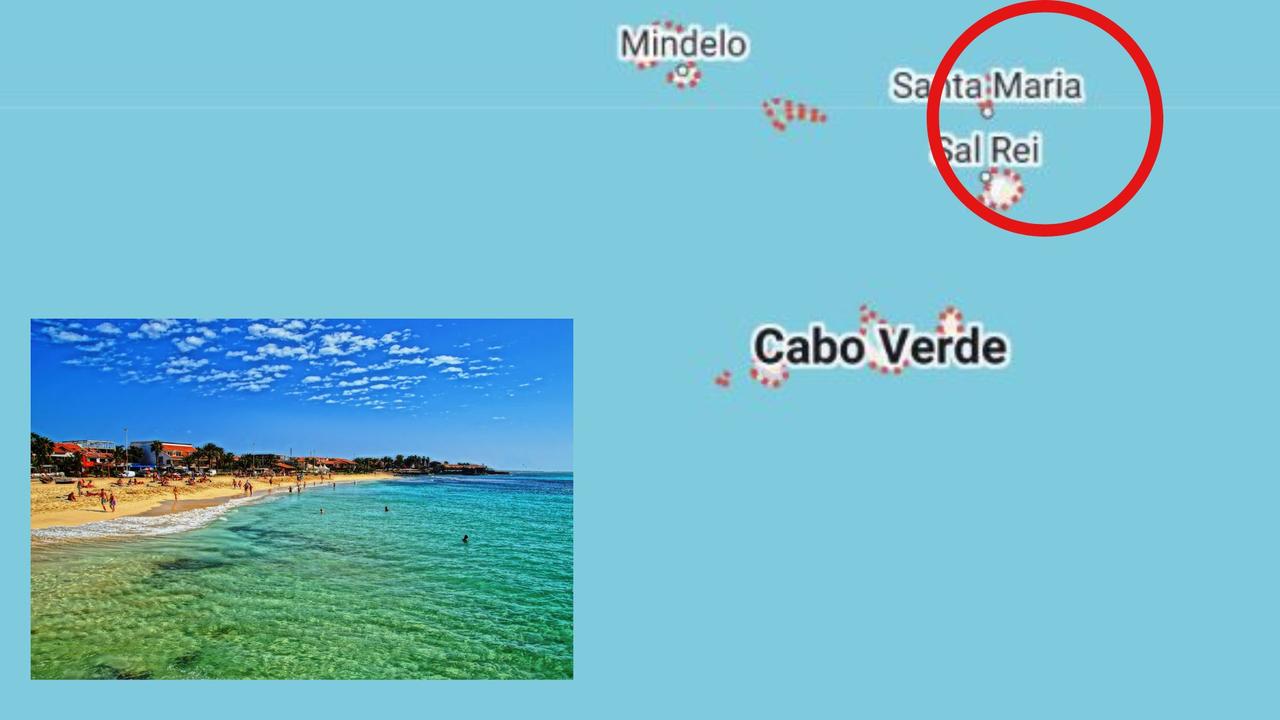Six deadliest tourist attractions in the world, including the real life ‘Jaws’ beach
IT’S the real-life Jaws beach, with 250 shark attacks in its recorded history. But, surprisingly, tourists can’t keep away.
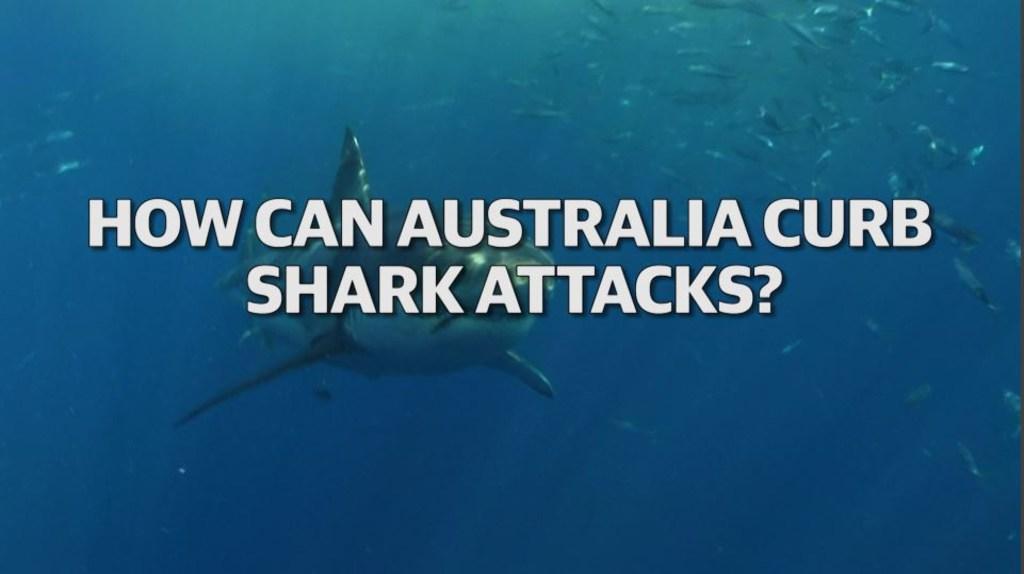
TOURISTS flock to its budget-friendly shores annually and it is known as one of the world’s top surf towns, but New Smyrna Beach in Florida is also the real-life Jaws beach.
New Smyrna has reported about 250 shark attacks in its history — making it the beach with the highest number of attacks per square mile in the world.
According to the International Shark Attack File (ISAF), the Florida beach is the “shark capital of the world” — sparking comparisons to the Amity Island beach in the 1975 classic film Jaws.
It is estimated that anyone who has swam there has been within 3m of a shark. We guess some ocean lovers are comforted by the fact that most attacks did not result in death; the waters are known for young bull sharks, who are simply confusing humans for marine-life food.
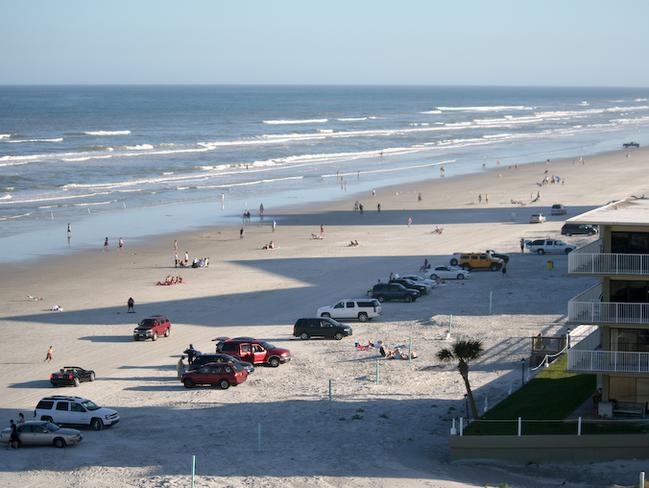
According to ISAF, there were 72 unprovoked shark attacks world wide last year.
“In general … the number of worldwide unprovoked shark attacks has grown at a steady pace since 1900, with each decade having more attacks than the previous,” ISAF says.
“The numerical growth in shark interactions does not necessarily mean there is an increase in the rate of shark attacks; rather, it most likely reflects the ever-increasing amount of time spent in the sea by humans, which increases the opportunities for interaction between the two affected parties.”
North American waters had the most unprovoked bites in 2014, with 52. Elsewhere, Australia had 11 attacks, South Africa had two and single incidents were reported from Reunion, Japan, Spain, New Zealand, French Polynesia, New Caledonia and the Galápagos Islands.
The number of unprovoked cases in Australian waters in 2014 was one above the 10 unprovoked encounters recorded in 2013, but remains below the decadal average of 13 unprovoked cases per year, according to the Australian Shark Attack File (ASAF).
As of November 18 this year, there have been 22 unprovoked shark attacks in Australian waters.
There are other deadly tourist attractions that many a traveller has conquered, and lived to tell the tale. These five sites are known to be particularly dangerous, and inexperienced and experienced adrenaline junkies alike have died at these locales.

MONT BLANC, CHAMONIX
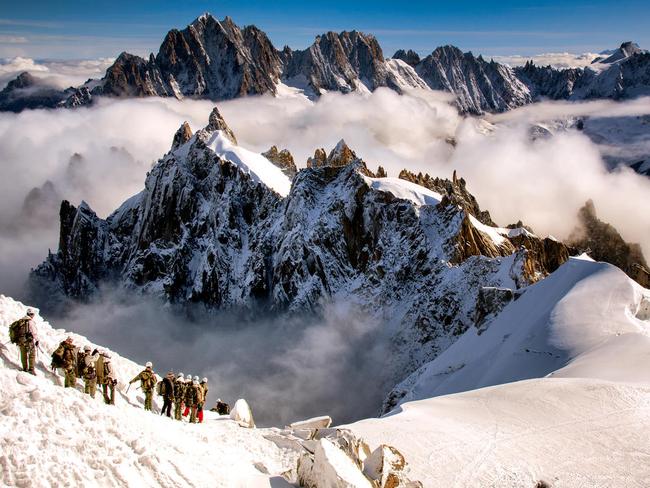
Part of the stunning Alps mountain range, Mont Blanc (“White Mountain”) is the highest mountain in the range, and — rising nearly 4800 metres above sea level — the tallest peak in Europe. It also holds the record as the deadliest, with about 100 deaths reported annually. This high number, however, isn’t as staggering when considering how many people (30,000) attempt the climb each year. Compare these stats to those of Mount Everest: only about 200 total have ever died at Mount Everest, but only about 4000 have made the attempt in the past 60 years. Still, Mont Blanc is a deadly climb, and factors such as weather, avalanches and inexperience have all contributed to the deathly toll.
HALF DOME, YOSEMITE NATIONAL PARK
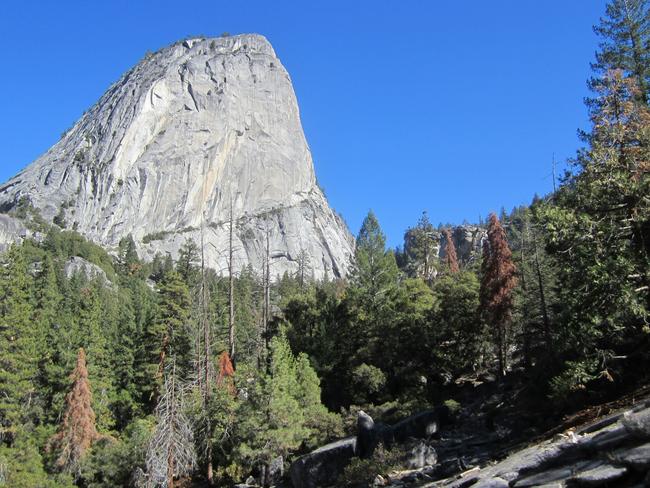
One of the longest — and certainly most dangerous — hikes in California’s Yosemite National Park, the Half Dome requires a full day’s trek to reach its peak, and at the summit climbers must rely on metal cables to reach the top. This is where some have met their death — either slipping from the cables, or falling from “death slabs”, massive, slick rocks that are particularly treacherous during wet weather. More than 60 people have died on the Half Dome, or on the hike towards it. Others have died because of lightning strikes, heart attacks and failed base jumps.
CLIFFS OF MOHER, IRELAND’S COUNTY CLARE
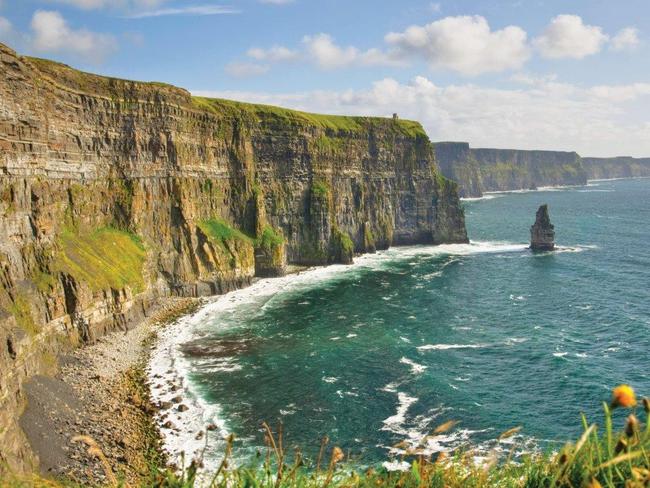
The stunning and staggering Cliffs of Moher attract about a million visitors annually. Overlooking the Atlantic Ocean, the cliffs of shale and sandstone rise nearly 120 metres above the oftentimes rough waters, making for gorgeous views — albeit dangerous ones. Though the exact number of deaths here is unknown, several reports of deadly falls have been recorded. These were often caused by steep, uneven ground, a lack of safety rails, rain (causing slick terrain), and strong winds. In fact, sometimes the attraction is closed when winds are considered too strong.
KILAUEA VOLCANO, HAWAII
There are three active volcanoes in Hawaii, the most dangerous being Kilauea Volcano on the Big Island. The shield volcano’s most recent major eruption was in 1983, but as recently as 2014, lava from Kilauea came frightening close to reaching the town of Pahoa. A couple of centuries ago, more than 400 people perished in the volcano’s eruption, and the Hawaii Volcanoes National Park system reports about 40 volcano-related deaths per decade. Causes include a deadly mix of gases, known as lava haze, which can be particularly deadly for visitors who already suffer from asthma or heart conditions.
COLORADO RIVER
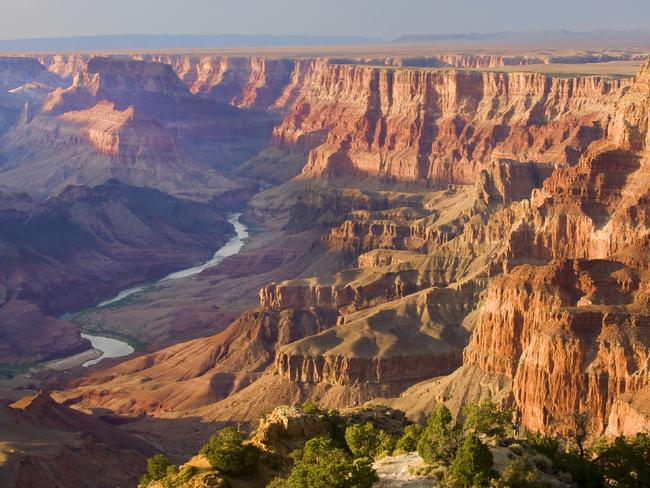
The 2330km-long Colorado River snakes through Colorado, California, Utah, Nevada, and Arizona — even making its way through the Grand Canyon, so it’s no surprise that locals and vacationers in many destinations in the country’s southwest head to its banks for recreation. Activities include white-water rafting, tubing and swimming.
However, people often fail to consider how dangerous the waters can be, especially after heavy rains and an increase in melted snow. In fact, 2014 had a record high of 15 deaths in the first seven months due to such conditions, and four died this past summer. Drowning deaths are often the result of rough waters, sometimes paired with a lack of proper safety education and/or equipment.
This article was originally published on Oyster.com.



